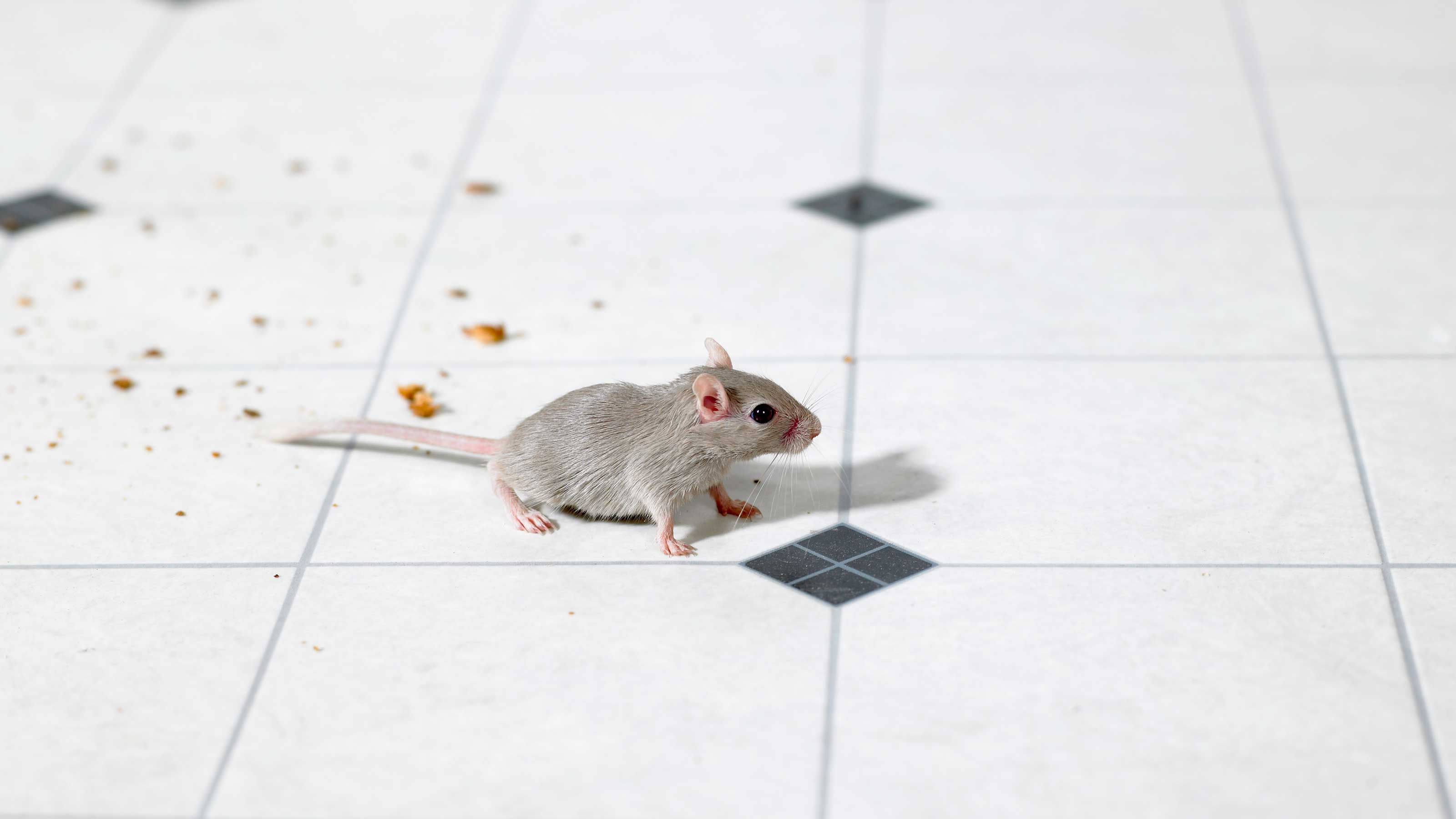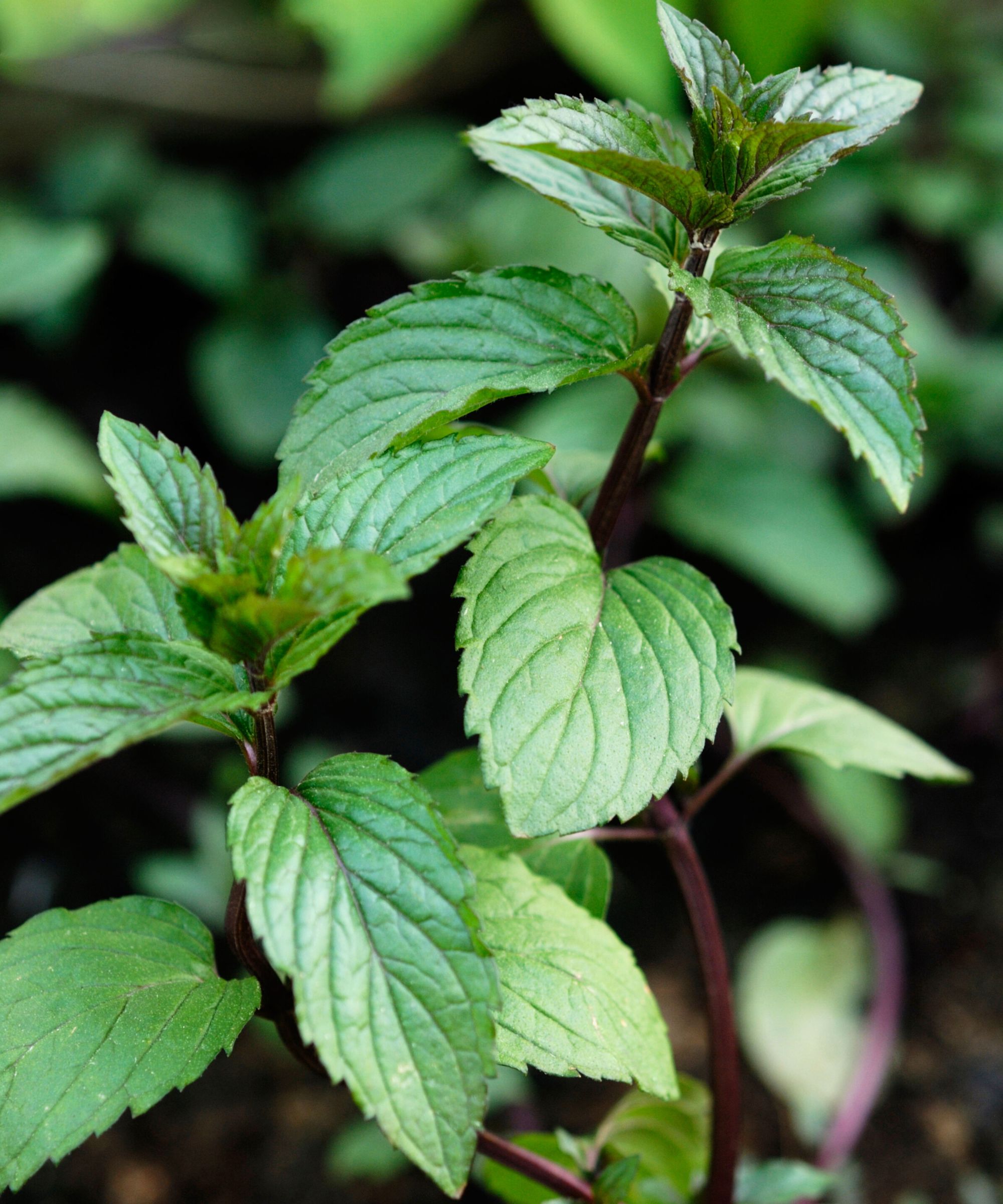Pest control pros share the 5 telltale signs you have mice
Our experts share the most common ways to tell if you have a mouse in the house


Nobody likes the thought of having mice living inside their homes. As well as being a destructive force to your furnishings and food, mice can also carry a number of diseases that can negatively affect your family’s health.
So it's important to know how to get rid of mice properly. Before you can put deterrents in place, however, you need to know for certainty that mice are the pests invading your home.
By identifying these telltale signs you may be able to find the points of entry and install preventative measures so they cannot re-enter.
Experts share common telltale signs you have mice in your home
If you see any of these signs, you may have a mouse infestation and will have to get rid of them.
1. Droppings
An obvious sign that you have mice in your home is the discovery of mouse droppings. ‘Look for small, dark fecal pellets, usually around food storage areas,’ says entomologist Shawn Gleason. ‘Their droppings, which are small, rod-shaped, and dark brown, can commonly be found in pantry corners, behind appliances, and inside cabinets.’
Like many rodents, mice produce a lot of droppings throughout the day and you may also find dirty smudges on floors or baseboards where mice tend to run.
It's important to wear appropriate protective clothing when removing and cleaning up mouse droppings. Use protective gloves, available at Amazon and then wipe down the affected areas. After wiping, sterilize the area with disinfectant.

Shawn Gleason is a seasoned Entomologist with a Ph.D. from the University of Florida and the founder of Bugs Encyclopedia. With over 10 years of experience in Integrated Pest Management, he is a certified Pesticide Applicator and a recognized authority in entomology.
2. Odor

‘If you have a mice infestation you may notice a strong musty smell,’ explains A.H. David, pest control expert and writer at Pest Control Weekly. ‘This scent is usually a mix of urine and nesting material and can give off a strong ammonia-like smell.’
Mice will often mark their territory and you will more likely find the smell in areas they frequently travel such as enclosed areas such as basements, attics, and inside pantries. The areas where the smell is the strongest signifies where the mice frequent the most and you’re most likely to have an infestation.
As well as cleaning the infected areas, you can also dispel any bad smells with room diffusers and essential oils. Peppermint essential oils, like this from Amazon, and citronella candles, like these from Amazon are great ways to make your home smell nice and they also contain natural pest-repellent properties. For more details, consider reading up on the best ways to use peppermint oil to get rid of mice.

A.H David is the co-founder and editor-in-chief of Pest Control Weekly. By hobby, he is a gardener and has experience dealing with all types of pests found in backyard gardens. His goal is to provide well-researched and authentic information about pests from his own experiences.
3. Tracks and runways

If you have a mice infestation in your home, you may find tracks and runways across pipes or certain walls. These fine lines and formed by grease and dirt sticking to the fur of the mice as they repeatedly run along the same pathways.
You will be able to tell how recently mice have traveled across that pathway by how easy it is to wipe the grease marks off, the easier it is the more recent the mouse activity.
4. Scratching noises
‘Mice are primarily active at night,’ says pest control expert Bill Swank. ‘If you hear scurrying or scratching sounds in your walls or ceilings, you likely have an infestation.’
Mice give off a haunting, yet subtle, chorus of squeaks, scampering, and rustling that can be heard particularly at night when these nocturnal creatures are most active.
Scratching sounds, especially within walls and ceilings, can be one of the earliest and most disturbing signs of a mouse infestation. These sounds generally emanate from mice navigating their way through your home, squeezing through the smallest of gaps.
It isn't uncommon to have mice in the attic so don't dismiss any noise coming from overhead, it's more likely than you might imagine as these spaces are usually dark and have plenty of shelter.

Bill Swank is the founder of PestSource, a comprehensive hub for all things pest control. Bill is also a seasoned exterminator with over 30 years of experience in the field.
5. Gnaw marks

Another telltale sign that you have mice is the appearance of gnaw marks throughout your home. One place to look for gnaw marks on food packaging and electrical wires. Mice also love to chew small holes in wooden structures and furniture. Check for holes in the bottom of your cabinets, drawers, and couches.
If you do have a mice infestation you need to be aware sooner rather than later. If problems persist you should call a pest control professional otherwise the mice can cause irreparable damage to your furnishings.
FAQs
What time of year are mice most active?
Mice and other rodents are mostly active during the summer and fall months. Even though mice don’t hibernate, they gather more food to store in preparation for the winter months, which is why you may be seeing them scurrying more frequently in summer and fall.
If you do have a mouse infestation, you need to be able to locate their nesting point as soon as possible. After you have seen some of the telltale signs listed above, go around your home and look for potential nesting spots. If you are having difficulty finding it then call a pest control expert to assist before any damage occurs.
Sign up to the Homes & Gardens newsletter
Design expertise in your inbox – from inspiring decorating ideas and beautiful celebrity homes to practical gardening advice and shopping round-ups.

Seraphina is a contributing editor at Homes & Gardens, writing Solved features on organizing and storage. She loves to decorate and also grow her own produce from her home in London. Her previous experience includes working at Women's Health and Fabulous Magazine.
-
 7 native perennials to plant in April – for glorious flowering displays to attract bees, butterflies, and hummingbirds
7 native perennials to plant in April – for glorious flowering displays to attract bees, butterflies, and hummingbirdsDiscover some of the best perennials to plant in April to make your garden a hotspot for wildlife
By Drew Swainston Published
-
 Martha Stewart's smart laundry room shelving makes exceptional use of every inch of wall space – it will turn your smallest area into an ultra-functional space
Martha Stewart's smart laundry room shelving makes exceptional use of every inch of wall space – it will turn your smallest area into an ultra-functional space'You can greatly expand the usability of your space by just installing some of these great shelving units': You can follow her technique for under $34
By Megan Slack Published